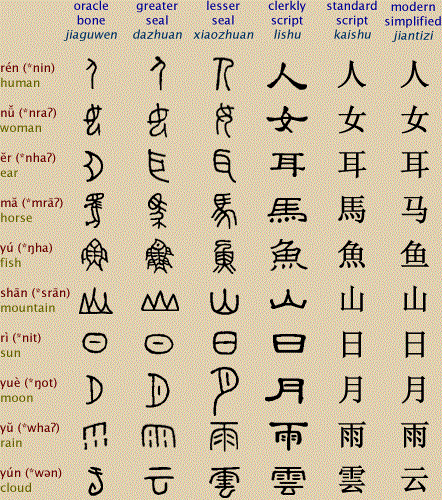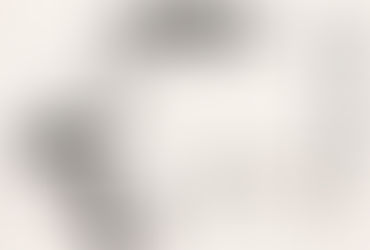Looking into the history of Chinese Mandarin characters
- King Liox
- 2017年2月5日
- 讀畢需時 2 分鐘
For more than two thousand years, ink has been the core medium for calligraphy and painting in China. Artists have been using ink to write and draw, using the distinctively responsive flexible tipped brush, in exploring the extremely expressive potential of the medium. The characters for Chinese calligraphy Shufa (书法) clearly suggests literature method, whereas Chinese painting Shuimohua (水墨画) interchangeable with Guohua (国画) can be translated into water-ink-painting. Both Chinese calligraphy and painting are inseparable. They share the same mediums, brush strokes and many times, even values. It is impossible to talk about Chinese ink-paintings without mentioning Chinese calligraphy. It is necessary to investigate the relationship between these two Chinese aesthetics before jumping into today’s contemporary art perspectives.
The Chinese writing system is an exceptional spectacle in the modern world of alphabet scripts. Rather than creating a few dozen letters, it has developed thousands of complex signs or characters that represent words and terms. Similar logographic writing systems can also be found in some nearby countries such as Kanji in Japan and Hangul in Korea as they share many of the same characters. Serving as the primary writing systems for several languages, one can blurry understand each other in a writing based on some recognizable characters.
Etchings known as ‘oracle bones’, offer some of the earliest examples of Chinese writing. Many characters in recent oracle bones discovery can still be identified by Chinese writings today. These shell-bone-writing, Jiaguwen (甲骨文), had helped scholars to gain meaningful insight into ancient mysteries. Basic structure of how words, phrases and sentences are also discovered.
The Chinese writing system is enormous, that is more than ten thousand characters and one only needs to know around three thousands of them to perform simple daily communication. The Qin Dynasty is celebrated for unifying disparate Chinese writing systems into a single structure and further developed during the communist age of China in the 1950s and 1960s. The Chinese characters was once again simplified when the concept of fonts and new methods of printing was introduced. The communist government took ten years of work to complete its character simplification scheme.

As shown, many Chinese characters are based on ancient pictographs as known as word pictures. As of pictures or symbols formed the Chinese characters hundreds of thousands of people used today, Chinese paintings went the other way around that is words to images, or in this case characters to paintings. The transitional gap is bridged with the philosophical value of calligraphy. Chinese calligraphy occasionally also identified directly as expressive art. The relationship between pictographic characters and the objects or movements they represent can still be seen clearly. For example the character ‘horse’ (马) still contains some sort of symbolism which shows an image of a real horse. The aesthetic assets is not that they symbolize a certain of objects or emotions but the connection between nature and modern communicating system. Subtlety of Chinese calligraphy art is a form of representative art, imitating abstractly from nature.

















留言